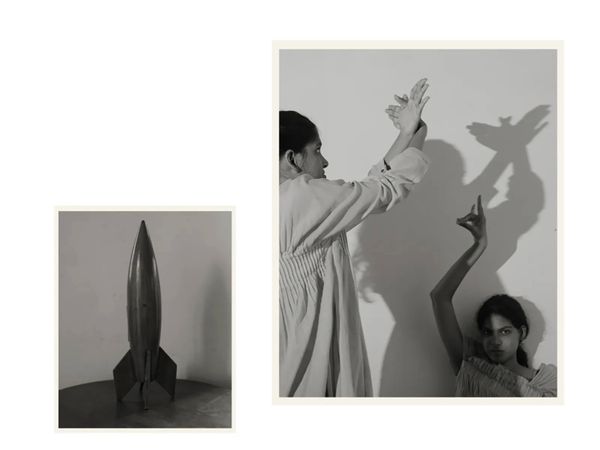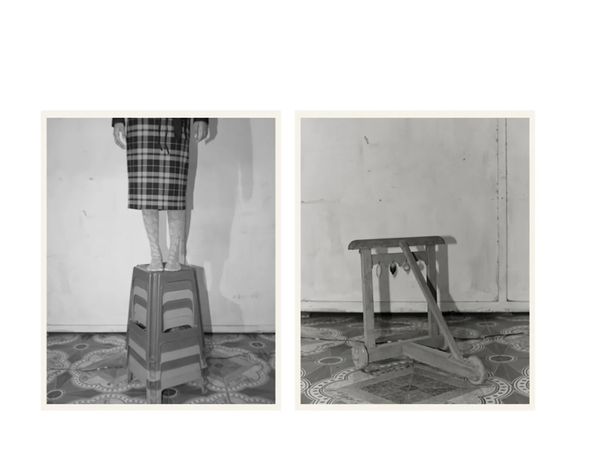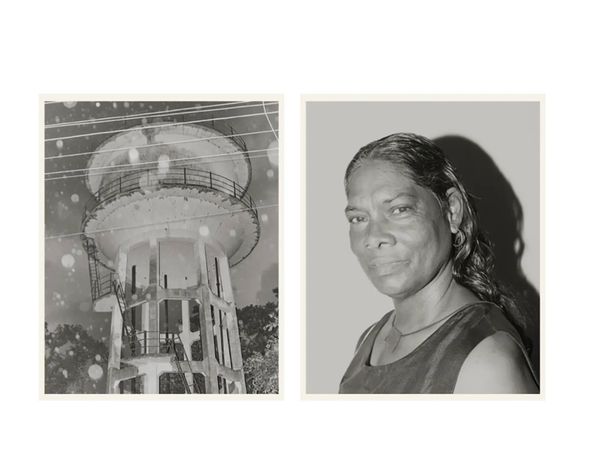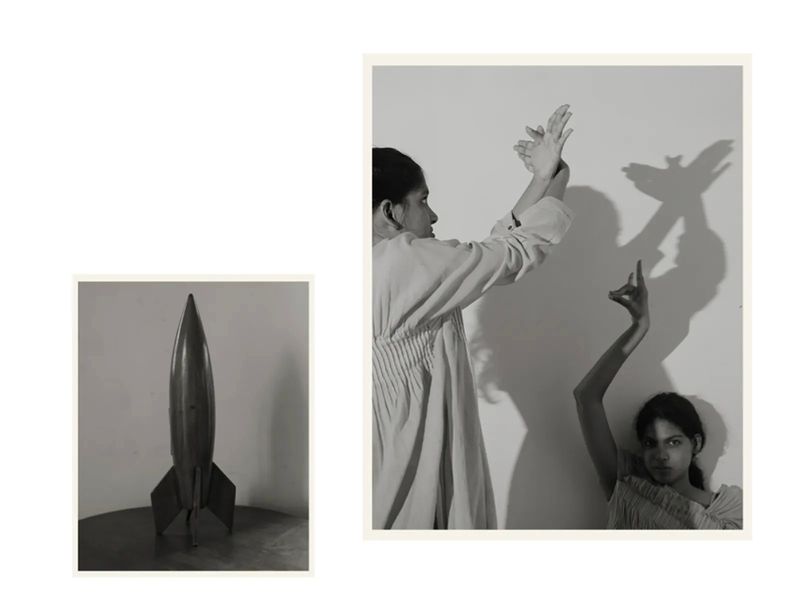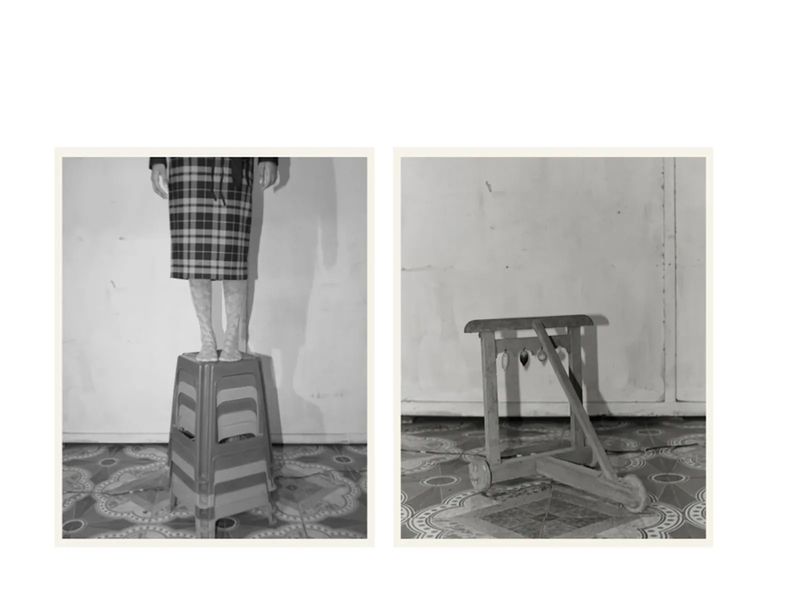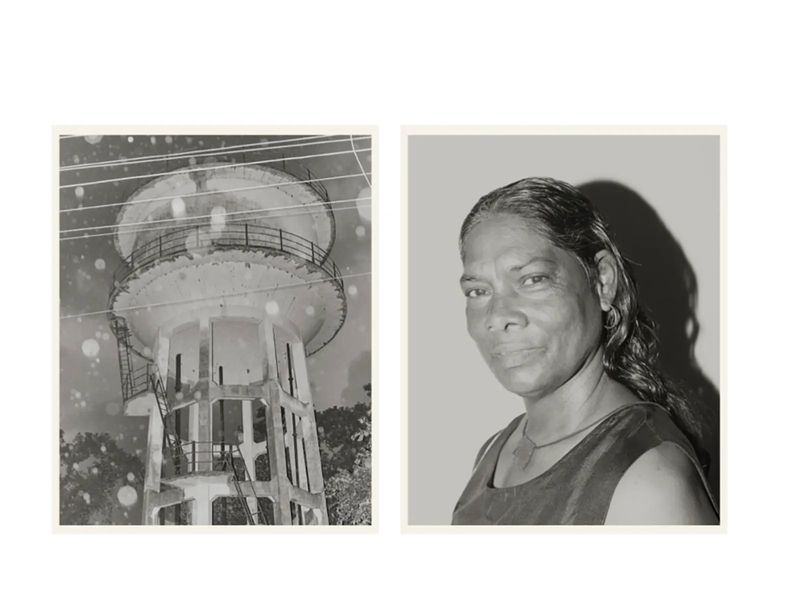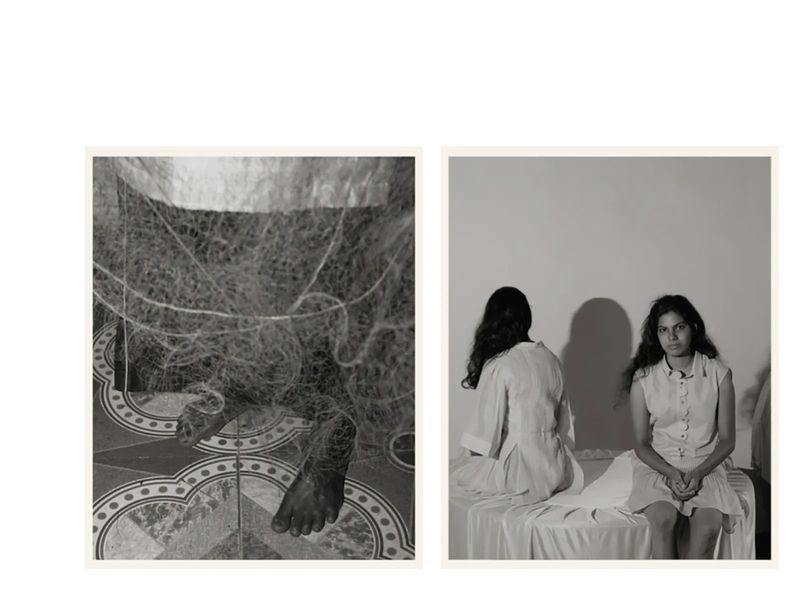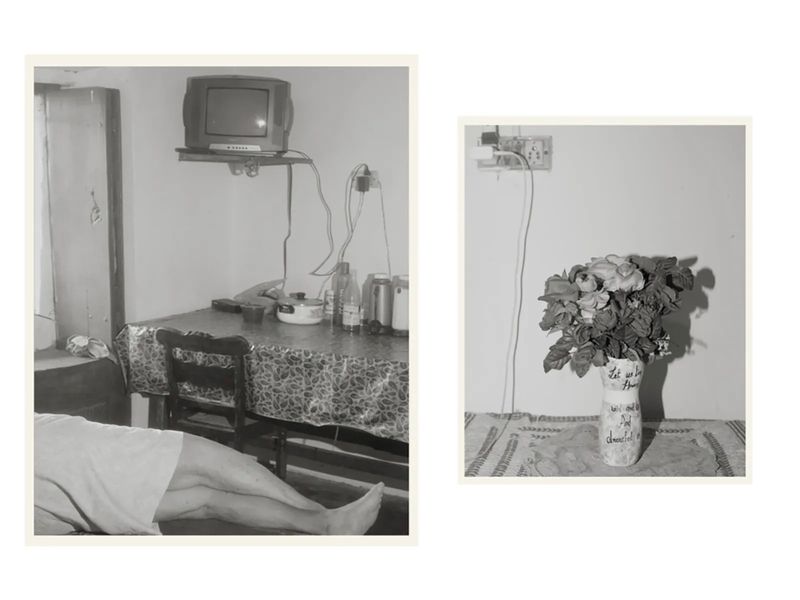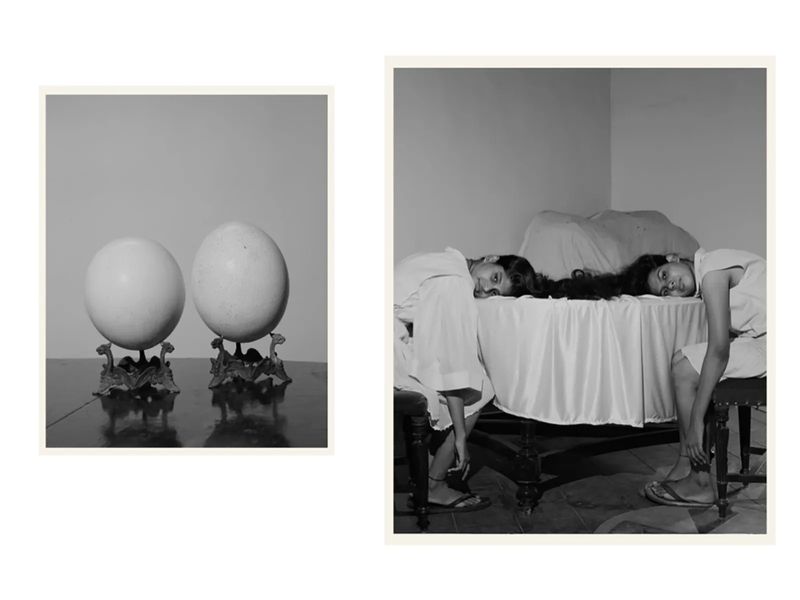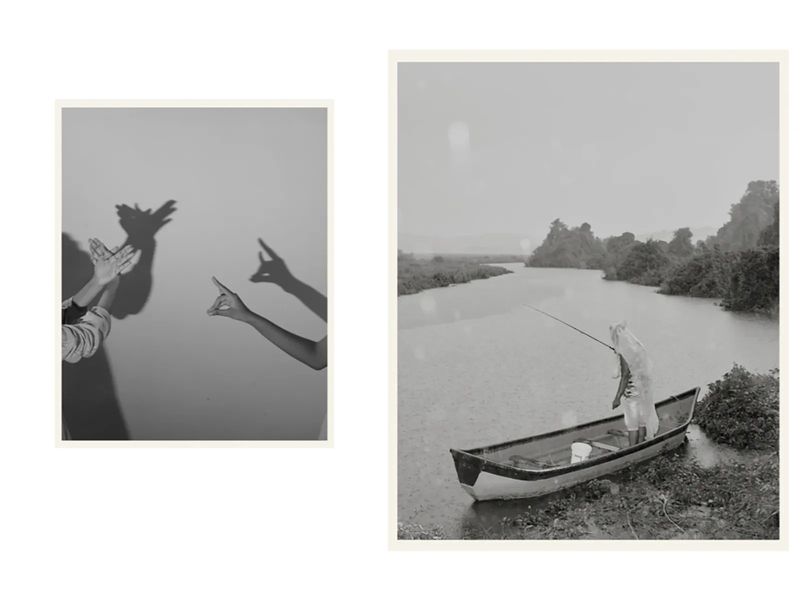Pretika Menon Captures the Essence and Playfulness of Home
-
Published17 Jan 2024
-
Author
- Topics Daily Life, Documentary, Portrait, Travel
In her heartfelt journey and discovery of Goa, photographer Pretika Menon captures the vibrant tapestry of connection and family life, making the narrative of Ave Maria unfold.
Pretika Menon used to take long walks, seeking relief as she adjusted to her new life in Goa, coming to terms with leaving city life behind.
It was during one of those walks that she discovered a hidden house with a “magical-looking” stairway. Walking up, she met Eugene D’Souza, a woman living there with her twin daughters, Rustica and Eulanda, and her mother-in-law. Their very old house couldn't be seen from the main road.
D’Souza warmly invited Menon into their home, introducing her to the rest of the family, and their connection grew naturally. For about six months, Menon didn't pull her camera out, but she kept going back. "They were just friends who adopted me into their family," she says.
Menon also had a bike. She used it to help D’Souza, who is a farmer, transport various items to her farmland. That's when she started photographing her, and she has been doing so for the past three years, whenever she is in Goa for extended periods. Over time, Menon even evolved into the family photographer, capturing significant moments such as the twins' 25th birthday celebration. A big part of the village gathered at their house, initiating the festivities with a small prayer. The inspiration for the title of her work, Ave Maria, stems from the family's strong religious background. They live close to a church, attending services every Sunday. In a grotto dedicated to Christ and Mother Mary, a satin cloth is adorned with the inscription Ave Maria. The religious influence pervades their lives and the community, forming an inseparable bond between family and church.
Describing her own tie with the family, Menon says, "It's a bit of a relationship, and it's what I wanted. I wanted to integrate and not be a tourist or someone passing through. I keep going back and photographing them."
Inside the house, there’s a small living room that had always remained closed. One day, Menon asked if she could be let in to take a look. To her surprise, she discovered a large old cupboard filled with prominent ostrich eggs. Intrigued, Menon began taking them out, contemplating the potential for a photograph. Describing the significance, she says, "It's very much a story of origin and migration, because there is a connection between Africa and India." Many Goans had migrated to Africa seeking better work and living conditions. The ostrich eggs were likely a wedding gift: D’Souza and her husband's external family from Africa came to and presented them with the ostrich eggs. Menon reflects, "It’s a family relic, the story of how the extended family is scattered, and yet the roots remain here in India."
Two of the eggs share similarities, yet they are distinct—a pair that looks alike but still shows differences. This serves as a metaphor for the two sisters, Rustica and Eulanda, who are not identical twins. Their connection is also depicted through the portrayal of their hair. Their long black braids entwine, symbolizing a shared origin but also their distinct unity, that blends and fortifies them—separate yet connected, unique yet united.
The main focus of Ave Maria is the relationship between the two girls, portraying a story of the family through the daughters. They are the most lively part of the house. In a photograph, they create hand shadows, forming shapes resembling animals on a wall. This scenario, although staged, represents in part Menon’s specific concept for creating a dynamic in terms of imagery and her connection with the twins. It’s a collaborative effort: she consistently returns to them, seeking their permission and discussing ideas, exploring how they can bring them to life together. This ongoing exchange involves understanding Menon’s photographic language, and, in turn, she learns about the sisters’ comfort level with being photographed.
Menon has been immersed in photography for about 13 years, tackling various projects to sustain herself financially. When she made the decision to relocate to Goa, her aim was to depart from the narrative of commercial photography and find a story that deeply resonated with her. Ave Maria is, in part, her way of expressing gratitude to the family because they opened their home to her.
She had arrived in Goa right after the pandemic, yearning for a sense of community that the big city failed to provide. At that time she was uncertain of her concept of “home”, as she had never spent much time in Goa, having moved from Bombay and lived in three different cities before that. Her sense of home had become ambiguous. "This was a way to look into a home dynamic and feel a bit of home through them," she says.
--------------
All photos © Pretika Menon, from the series Ave Maria
--------------
Pretika Menon is an Indian photographer based in Goa. She has worked in fashion and art for more than a decade. Influenced by cinema, street life and surrealism, her work is based on gender studies, cultural issues and the female gaze. Find his work on PhMuseum.
Lucia De Stefani is a writer and editor focusing on photography, illustration, and everything teens. She lives between New York and Italy. Find her on Instagram and Twitter.
